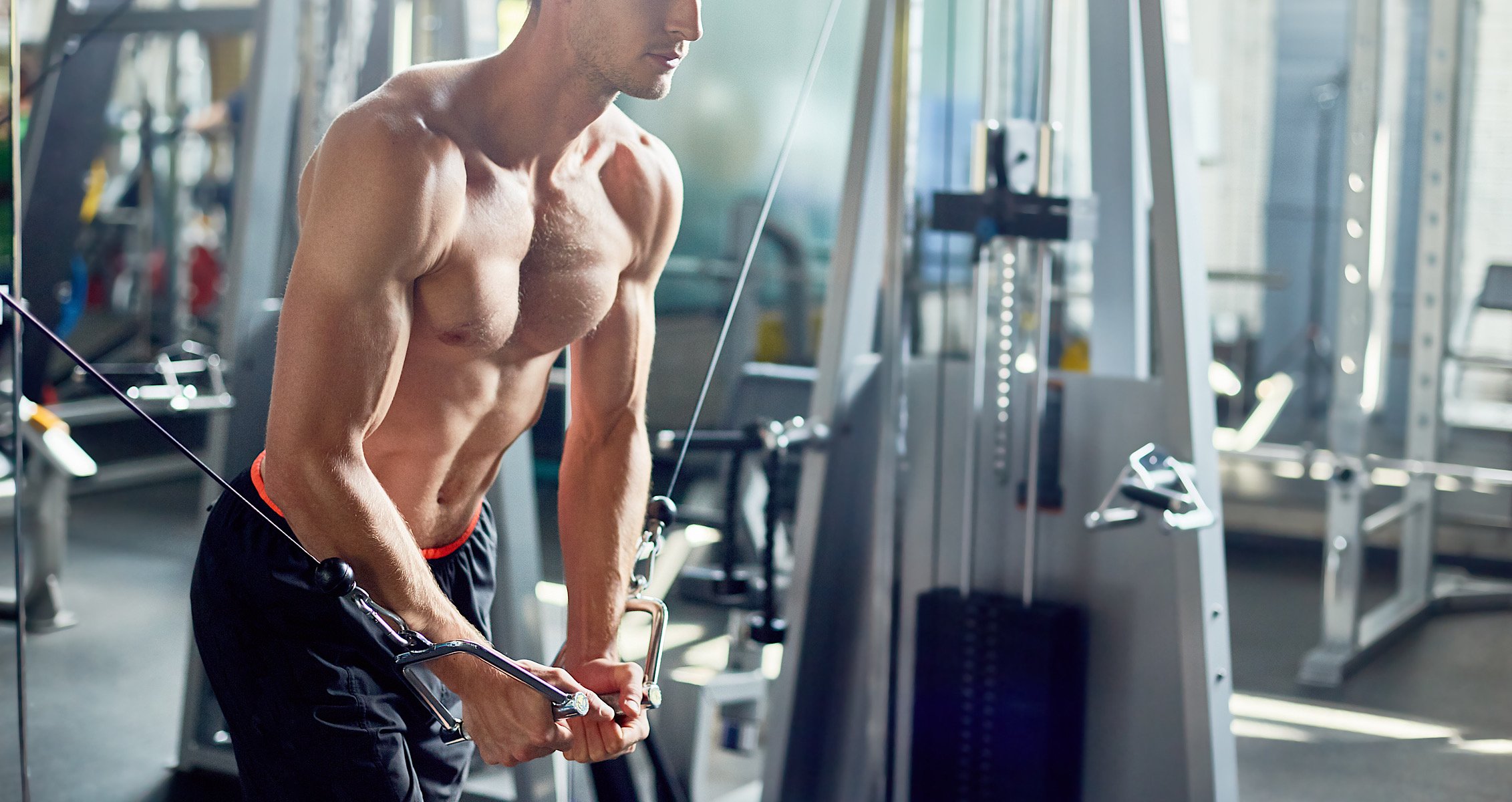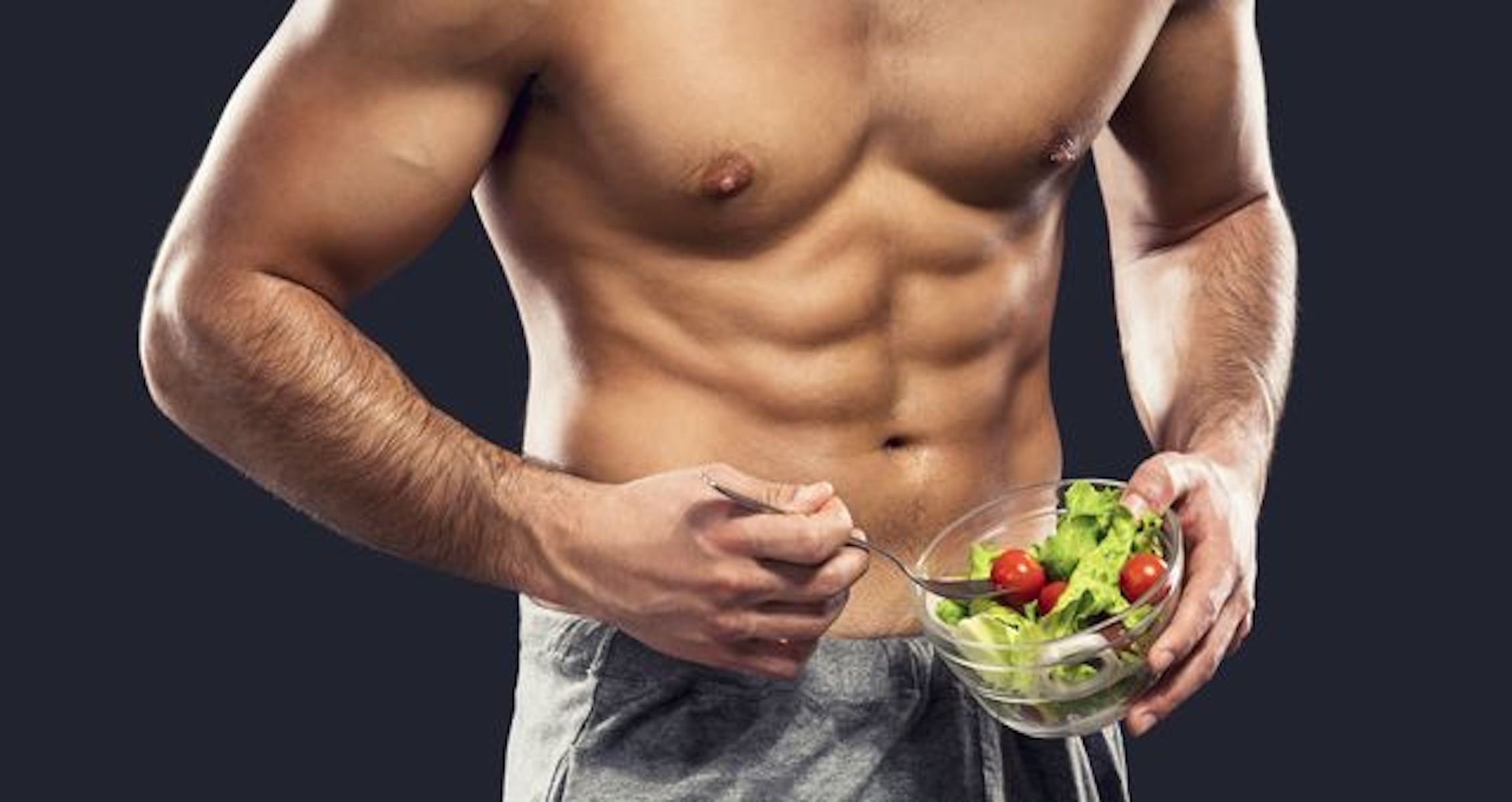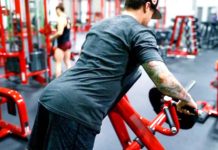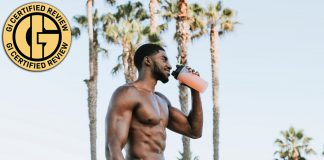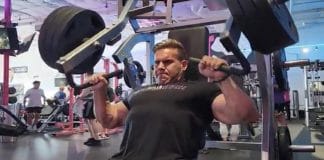
5 Ways To Integrate Powerlifting And Bodybuilding.
The longstanding relationship between bodybuilding and powerlifting has generally been that of a healthy rivalry. But sometimes oppositional thinking can blind one camp to the benefits of the other.
With the rise in popularity of social media platforms like Tik Tok, sports like powerlifting and bodybuilding have become increasingly fashionable in the younger generations. Younger bodybuilders and strength athletes are tuning into things like the Mr. Olympia and Arnold Sports Festival more than ever.
The fitness community is growing rapidly, and new athletes are rising who are skilled in both powerlifting as well as aesthetic training. Among some of the more popular athletes are names like Stan Efferding, and Susan Salazar. But, what is the difference between the two sports?
Differences Between Bodybuilding and Powerlifting
The general stereotypes are bodybuilders are just muscular individuals that scarf down chicken and rice for each meal, and hit sets of 12 on everything; while the powerlifter stereotype is an overweight, out of shape individual that hits sets of 1 rep, and takes ten minutes until the next set. The reality is, there are a few key points to take into consideration as far as differences amongst the two sports.
One key point is powerlifting is far more focused on the strength aspect, while bodybuilding is focused on the physique aspect. For example, bodybuilders may utilize sets of far more reps than a powerlifter, who may be focusing on lower repetitions. Bodybuilders in turn will probably be using lighter weight to complete their sets, while powerlifters are using heavier weights during this time. Visually, sometimes a powerlifter may not look as strong as they actually are, while bodybuilders may look stronger than they are. You have to keep in mind that muscle mass does not necessarily equal strength.
Another difference amongst the sports is in the exercises utilized in training. A bodybuilder will tend to focus more on isolation movements, while powerlifting centers more around the big 3 compounds, consisting of the squat, bench, and deadlift (but they certainly do their fair share of accessories as well).
While powerlifting and bodybuilding have their differences, it is safe to say that some of the training styles can benefit both groups if integrated correctly. The following are some of tips for incorporating powerlifting and bodybuilding.
1. Heavy weights, higher reps
Powerlifters prioritize neurological training, but hypertrophy work (6-15 reps) builds a foundation of actual muscle for that training, which is often not utilized as much by powerlifters as it is bodybuilders. Often the weakest link for powerlifter is not their ability to recruit muscular force, it’s the amount of muscle available for recruitment.
On the contrary, bodybuilders often forget that hard, dense muscle and serious thickness is built with heavy weight. He compares Ronnie Coleman and Phil Heath: one preferred lifting very heavy and the other didn’t, and it showed. Although Phil certainly had some dense muscle on his frame, Ronnie was unmatched in this department as he focused a lot on heavy weight during his workouts, and it certainly showed when he was on stage.
2. Exchange Movements
To the powerlifters, it’s important to to balance the body. A more complete muscular system will minimize injury, increase strength and mobility, and allow the body to optimally recruit firing patterns.
To the bodybuilders, include some compound movements. Low bar squats are one of the best hamstring and glute builders out there. Paused bench press gives your chest and triceps a completely different stimulation and leads to thickness and growth because you’re starting from a dead point in a different firing pattern. Then things like sumo deadlifts can take a lot of pressure off the precious low back while being phenomenal lower body developers.
3. Exchange Rep Ranges
Bodybuilders are notorious for utilizing the 8-12 rep range. 4x Mr. Olympia champion, Jay Cutler, is a huge fan of 12 reps, and clearly it has its benefits. However, most bodybuilders would benefit from occasionally lowering the rep range to 1-3 solid, heavy reps. A more powerful neurological system will always be a driver of muscular gains.
For powerlifters he recommends occasional sessions of over 15 reps. Increased blood flow pulls nutrition into the joints and stimulates growth in slow twitch fibers. It will also help powerlifters walk up long staircases without feeling out of breath (all jokes of course).
4. Nutrition
For bodybuilders, we recommend increasing carbohydrate intake, obviously more so during the offseason than in a contest prep. Carbs help strength performance and can be added slowly and safely into any diet if monitored properly. If you care about strength performance, you need carbs.
Powerlifters, by contrast, should have focus on proper macros, rather than just eating whatever. Just because strength is king doesn’t mean donuts don’t hurt. A good starter recommendation is a baseline of 1.2-1.5g of protein, 1.5-4.0g of carbs, and 0.3-0.6g of healthy fat per pound of body weight.
Another thing to keep in mind is where exactly your food is coming from. There are differences between types of carbohydrates, types of protein, and types of fats that you should take into consideration, as they have different effects on the body. For example, the carbs you get in a cookie are different than those you would get in a plate of potatoes.
5. Strategic Periodization
If you want to compete in both sports, strategic programming must be employed year round. Obviously, bodybuilders do not want to be maxing out 4 weeks out from a show and powerlifters do not want to be doing a ton of accessory volume 4 weeks out from a meet, these increase risk of injury or performance issues. Everything has it’s place in a strategic and balanced program.
Powerlifting and Bodybuilding Wrap Up
Overall, powerlifting and bodybuilding are two very different sports that consist of pretty different training styles. However, it can be good to incorporate training methods from one, into the other, as they have their benefits and can bring some good results to each demographic.
What do you think of these 5 Ways To Integrate Powerlifting And Bodybuilding? Let us know in the comments below. Also, be sure to follow Generation Iron on Facebook and Twitter.


